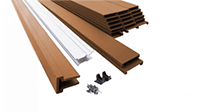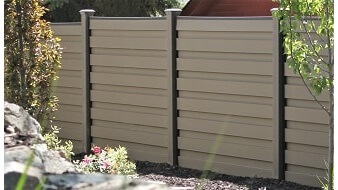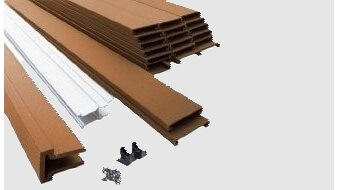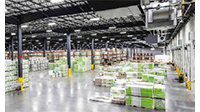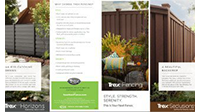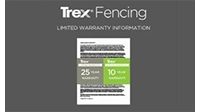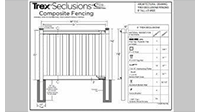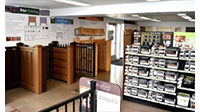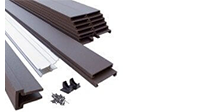Construction Industry Forecast
Preface
If there’s anything that can define the state of the economy since the beginning of the COVID-19 pandemic, it would be volatility. Supply chain disruptions, labor shortages, high inflation, frequently adapting health policies to defend against new virus variants, and local and international political intrigue pop up like creatures in a Whac-a-mole game.
In spite of the challenges, however, the demand for construction projects continues to remain strong. This has caused manufacturers and consumers to adapt as volatility impacts plans and projects. The following article by contributing author, Aastha Sharma, sheds light on industry trending, particularly the shift from traditional materials to sustainable products like Trex.
What to expect in the construction materials industry in 2022
COVID-19 and Climate Change
Since the COVID-19 pandemic and the rise in public awareness on climate change, the entire dynamic of the global economy has altered and evolved. The concerns and priorities of people, industries, and countries have shifted as well. In this article, we’ll take a look at factors that have affected the construction industry (a major contributor to the economic rebound since the pandemic) and how they’ve altered the existing trends and developed new ones.
Impact on the Construction Industry
In a report entitled United States Construction Market Trends and Opportunities Report 2021-2025, it has been estimated that despite the challenges created by COVID-19 pandemic, such as supply chain, shortage of labor, hikes in the cost of construction material and land, and surging demand, the US construction industry is projected to show growth of 3.1% in 2022 and continue to achieve an average of at least 2.2% after that.[1] In fact, the major contributor to economic recovery since the pandemic has been the construction industry, in particular its residential sector.[2]
To achieve this growth, however, construction companies will have to look to alternate solutions and processes instead of the business-as-usual method. Two such approaches are expanding materials acquisition and adapting or adopting technologies that will increase capacity. Sustainability technologies and modern digitalization trends can help.
Sustainable Approach: Benefits
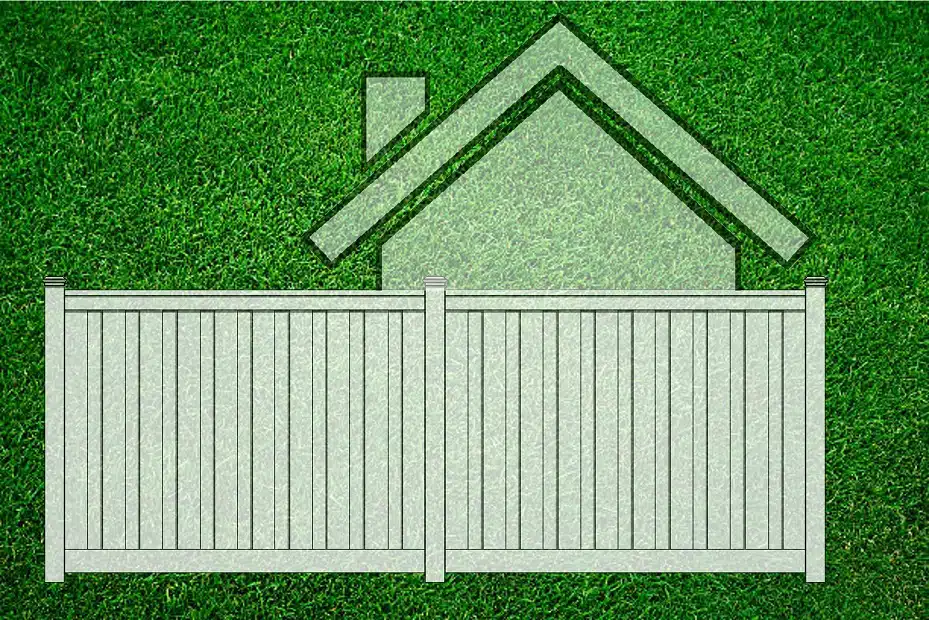
Construction companies have had to become more creative. Previous supplies have forced designers and builders to look for alternative products to complete projects. Availability of traditional materials such as lumber was problematic pre-COVID but the pandemic and ensuing supply chain challenges have exacerbated the problem. The entire supply chain has been disrupted and even when stability is achieved in one or more links in that chain, other parts break in an asynchronous fashion. In other words, a fully staffed service provider may wait weeks or months for product thus delaying projects which in turn disrupts other dependencies and schedules. Once the supply stabilizes, however, the earlier delays may have already damaged the previously stable service industry thus causing a new wave of disruptions, delays and cost volatility.
Those companies that are adapting, however, are finding that diversification and ingenuity can ensure that production and product availability continue, and that profit targets can be achieved. In fact, manufacturers of alternative products have seen a surge in demand higher than any point previously. In particular, sustainable manufacturing and green material utilization has benefited. Consumers have already been on a steady path heading to long-term sustainability. The demand for electric vehicles and recycled products are examples of the rapid migration from traditional consumption to environmentally-focused solutions.
Whereas sustainability was an ideal in previous decades, it is now experiencing mass adoption as manufacturers and consumers alike look for product benefits and cost advantages afforded by this generation’s technologies. Lower maintenance, longer usage, broader functionality and wider options have become just as important as responsible consumption. It is also worth mentioning that sustainability solutions specifically offer hope for current times in the midst of a massive juxtaposition of pandemic restrictions and the supply-chain management issues.
First and foremost, the sustainable building material that manufacturers employ comes from a wide range of eco-friendly, recyclable and technologically-driven streams instead of traditional non-renewable resource industries. In addition, green building material is also easier to maintain, cost effective and comes with multiple benefits to the consumer as well as the environment.
As we learn to live with COVID-19, it is becoming increasingly clear that a return to previous economies, in terms of the methods of doing business, and consuming products and services, has probably changed for good. Interestingly, governments are looking to favor green construction and policies. With COVID-19, breathing issues and respiratory diseases are the primary areas of protection which can be helped by sunlight, ample ventilation and freshwater which green buildings can usually provide.[5]
Sustainable construction material refuses the application of toxic exterior coatings such as paint that contain chemicals like lead which can affect the air quality, especially inside houses. Sustainable materials also offer natural light which helps lowering energy usage and subsequently expenditure. It’s also worth noting the immense good that natural sunlight does for immunity, stress levels, and mental health which have all taken a hit since the pandemic. Healthier indoor environment also leads to better work productivity.[6]
The climate crisis has resulted in a positive shift towards sustainable material and production in construction projects both by consumers and industry leaders. The multiple benefits sustainable construction or the green material industry offer are not limited to consumers. The new materials and production methods promote smaller environmental footprints of the brand, along with lower operating costs and longevity of material, and offers unique combinations of design and beauty to any structure be it indoors or outdoors.[7]
Energy efficient buildings help with carbon footprints reduction. In fact, looking at their merits, many countries across the globe are working on the mission towards carbon neutrality via environmentally friendly projects.[8] Technological inventions and development have also propelled the green material market growth as products are not only affordable and efficient but also more readily available. The increase in demand coupled with abundance of manufacturers eases sourcing of the products for consumers.[9]
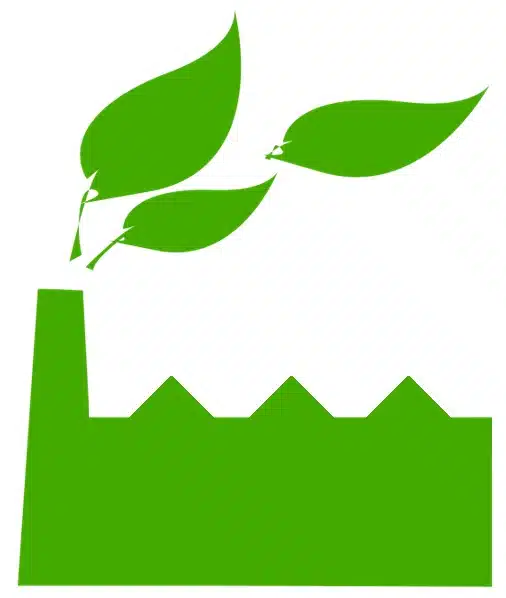
Conclusion
With the growth in the world’s population, the rise in consumption of resources and waste is inevitable if traditional economies continue. It is estimated that by 2050, 140 billion tons of fossil fuels, minerals and biomass would have been consumed.[11] Sustainable utilization helps turn this linear path of consumption and waste into a circular flow that reuses and recycles the waste.
The green material industry not only addresses various challenges, such as climate change, atmospheric pollution, contamination of fresh water resources, depletion of natural resources, and loss of biodiversity, but also promotes solutions towards the challenges raised by COVID-19 pandemic.[12] Green construction checks all our boxes for a sustainable future and is a spectacular trend gaining traction which we can all get behind.
[3]https://www.method.me/blog/how-to-get-ahead-of-construction-industry-trends/
[4]https://www.method.me/blog/how-to-get-ahead-of-construction-industry-trends/
[7]https://www.thomasnet.com/insights/green-construction-expected-to-reach-365-billion-by-2022/
[9]https://www.grandviewresearch.com/press-release/global-green-building-materials-market
[10]https://www.alliedmarketresearch.com/green-buildings-materials-market
[11]https://www.mdpi.com/journal/sustainability/sections/Materials_sus
[12]https://www.alliedmarketresearch.com/green-buildings-materials-market

About the author. Aastha Sharma is a freelance content writer specializing in industry research, providing insights for consumers and businesses alike. Aastha is available for contract or job-specific content writing and research. Visit Aastha’s LinkedIn profile for her CV and contact information.



